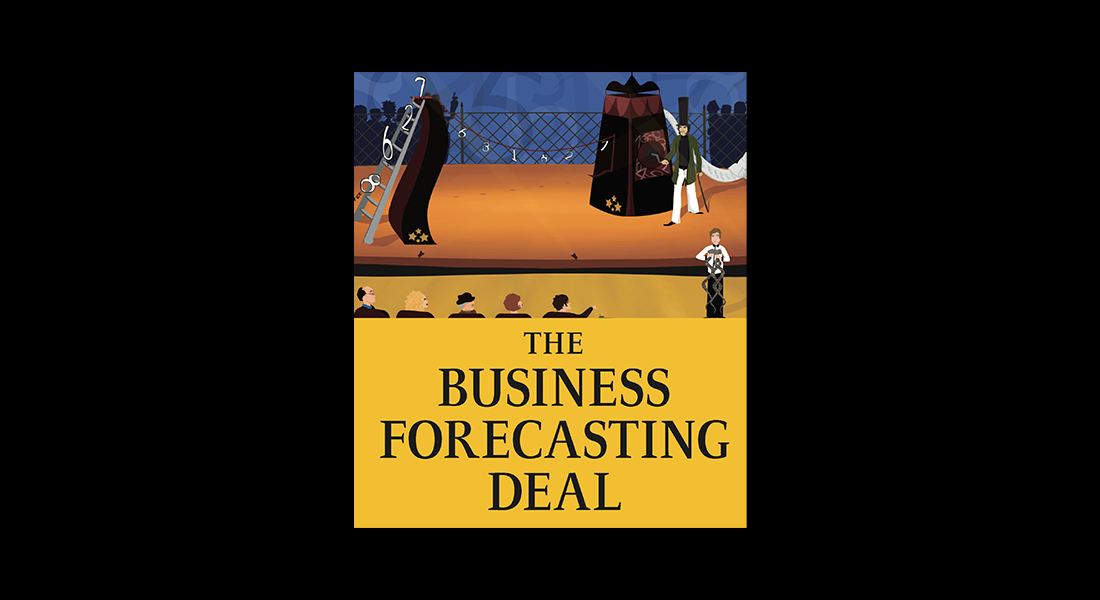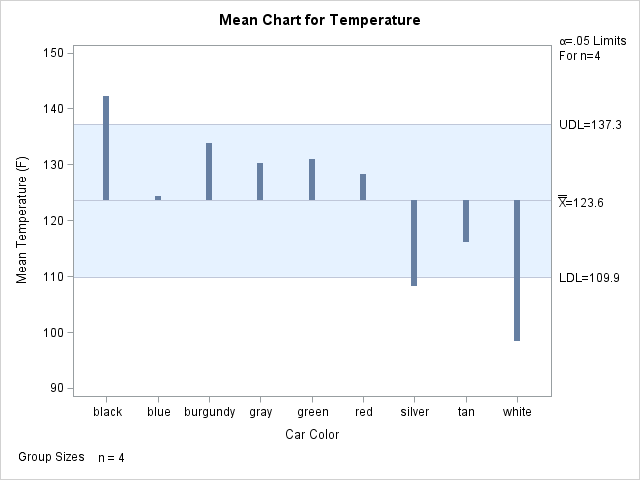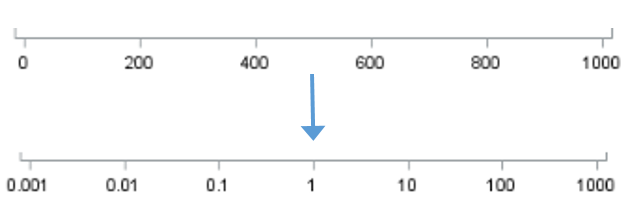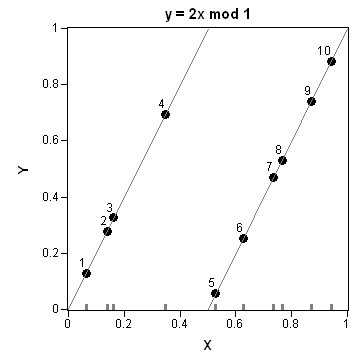
A midsize regional health insurer with approximately 3,000 employees across 10 locations in the Western United States created a role for a business continuity manager (BCM) reporting to the chief operating officer. In this organization, the enterprise risk management (ERM) functions, established in 2004, are owned by the chief legal
























